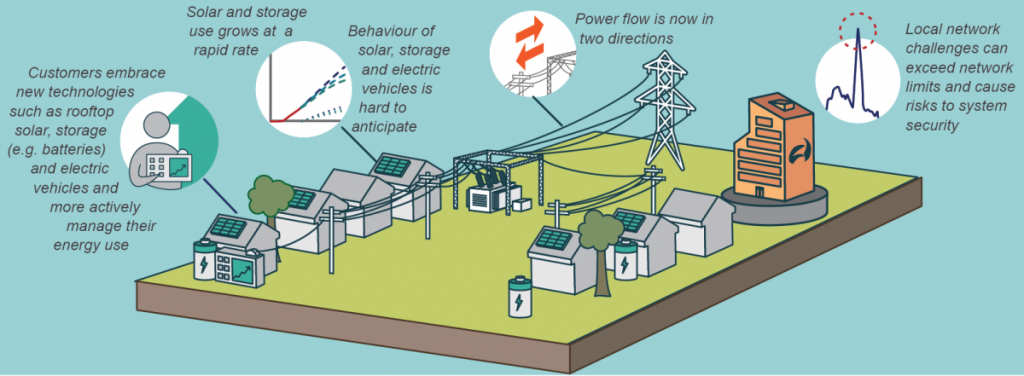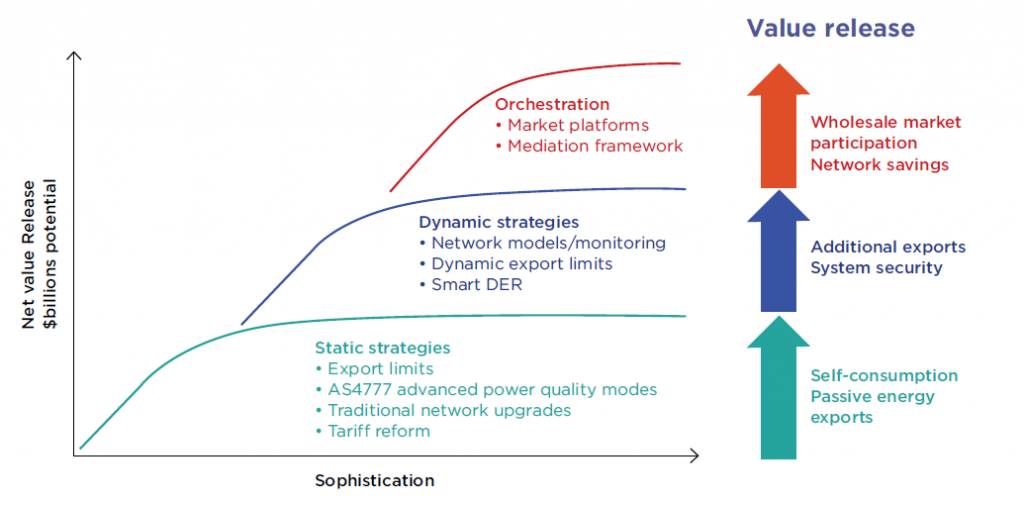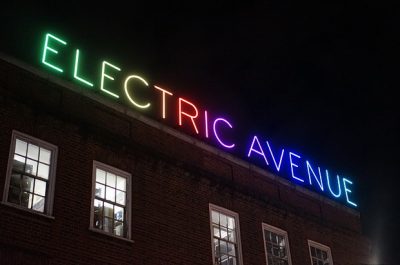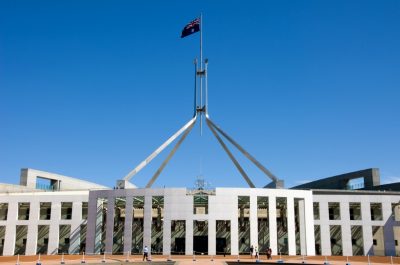Too much solar? Smart integration is the answer
Australia leads the world in household solar penetration and with many solar owners looking at storage, we’re right at the forefront of the technical challenges these pose for electricity grids. A joint AEMO and Energy Networks Australia project looks at how we can harness solar and storage for the benefit of all customers
On June 15, Energy Networks Australia and the Australian Energy Market Operator (AEMO) launched a joint consultation paper seeking stakeholder input on how to better integrate solar and energy storage into local electricity networks.
‘Open Energy Networks’ proposes options for improving the electricity system to ensure household solar and storage work harmoniously to deliver the most value for all customers.
The energy system is changing rapidly. In particular, the huge uptake of rooftop solar systems and the increasing growth of household batteries pose great opportunities, but also, significant technical challenges for the distribution and transmission of electricity.

Figure 1: Australia’s electricity landscape is transforming at an unprecedented scale
Australia’s energy system, like those the world over, was designed more than a century ago to work as a one way centralised flow of electricity to consumers. Technology has changed this. The decentralisation of the grid means that households are now able to feed power in.
To this point, it has been relatively easy to predict and manage supply and demand from standard rooftop solar. However, household storage systems such as batteries have changed this, because energy flows can reverse in a millisecond.
An important consideration is what happens to excess electricity beyond what can be stored in batteries. Local networks and supplementary home storage systems have a limited capacity for the amount of household generation they can host. When this limit is reached, fuses may blow or systems overheat, damaging appliances and causing reliability and safety issues. Customers may have to restrict their use of their solar and storage devices, or be unable to connect to the grid at all. We have to find a smarter way.
The adoption of distributed energy resources (DER) provides customers with a significant opportunity to reduce power bills. With the right incentives, DER can also enable greater levels of renewable integration and make local networks (and the broader grid) more resilient.

DER can be a passive or an active participant on the network. Rooftop PV is an example of passive DER. While its production can sometimes be forecast with a high degree of confidence, the lack of control over solar output means that the system and the local network need to be adapted to cater for solar penetration.
Active DER includes storage solutions such as household batteries. Batteries are controllable but their behaviour is harder to anticipate unless they are ‘smart’ devices that can interact with the system. Other examples of active DER include more sophisticated home energy management systems that can adjust electricity usage in response to price signals or dispatch signals.
Effective management or ‘orchestration’ of a decentralised energy system will not only support its safe and reliable integration into the grid, but also unlock the true value of customer investment in these resources.
Without a proper management framework, distributors may be forced to make costly investments in infrastructure to accommodate the integration of solar and storage – pushing up network charges in household power bills. Nobody want this to happen.
In the 2017 Network Transformation Roadmap Report that Energy Networks Australia produced with CSIRO, we identified that getting orchestration right to ensure solar and storage work in harmony with the electricity system could avoid some $14 billion worth of investment and lower household electricity bills by $414 a year.
Over the next two months, we are seeking stakeholder input on how best to make this happen
Informing our considerations are key principles:
- Simplicity, transparency and adaptability of the system to new technologies
- Supporting affordability while maintaining security and reliability of the energy system
- Ensuring optimal customer outcomes and value across short, medium and long-term horizons – both for those with and without their own DER
- Minimising duplication of functionality where possible and utilising existing governance structures without limiting innovation
- Promoting competition in the provision and aggregation of DER, technology neutrality and reducing barriers to entry across the National Energy Market and Western Australia’s Wholesale Electricity Market.
- Promoting information transparency and price signals that encourage efficient investment and operational decisions
- Lowest cost.
AEMO and Energy Networks Australia recognise that business models are evolving along with the technology to provide value to customers. Through this work program, we want to explore how best we can integrate DER into the sector and recognise that in doing we must be broadly enabling of multiple business models and approaches.
The Open Energy Networks paper is available here and consultation is open until Friday 3 August 2018.



